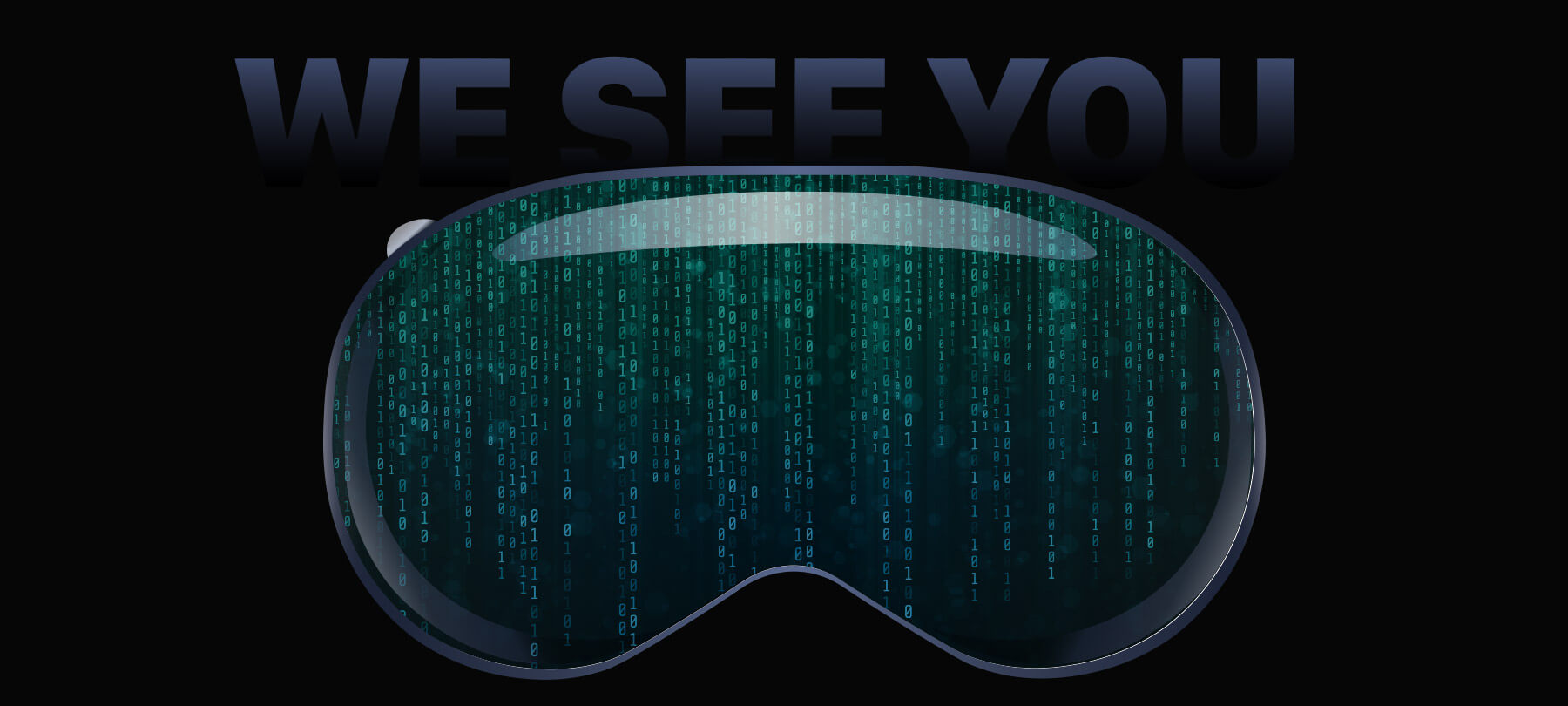
Apple Vision Pro: A Deep Dive into Gaze-Tracking Vulnerabilities
Apple Vision Pro, an innovative mixed-reality headset, recently made headlines for all the wrong reasons. A previously unknown security vulnerability exposed virtual keyboard inputs to potential attackers, thereby presenting a significant risk to user data and privacy. This alarming revelation came to light due to a study conducted by a collaborative team from the University of Florida, Texas Tech University and CertiK Skyfall Team.
Introducing GAZEploit: A New Age Threat
The security breach, dubbed GAZEploit, allowed malicious hackers to decrypt data entered on the device’s virtual keyboard through in-depth analysis of the user’s eye movements, made possible by the headset’s advanced gaze-tracking technology. It was a sophisticated attack and the first of its kind, exploiting the inherent vulnerability in gaze-controlled text entry when users share a virtual avatar.
Eye-Tracking: A Double-Edged Sword?
The threat extended beyond the Apple Vision Pro, raising significant concerns about the security of virtual avatars shared via video calls, online meeting applications, or live streaming platforms. In theory, an attacker could monitor eye movements to determine the user’s keystrokes on the virtual keyboard, potentially extracting sensitive information like passwords, personal messages, and financial data, posing a serious risk to user privacy and security.
The Dynamics of the GAZEploit Attack
The GAZEploit attack was not a random act of hacking but rather a well-structured, systematic process. The hackers implemented a supervised learning model trained on Persona recordings, eye aspect ratio (EAR), and eye gaze estimation to distinguish between typing sessions and other VR-related activities, like watching movies or playing games.
Following this, the gaze estimation directions on the virtual keyboard were mapped to specific keys to determine potential keystrokes, taking into account the keyboard’s location in virtual space. The threat was so pervasive that a remote observer could capture and analyze the virtual avatar video to reconstruct the input keys, thereby breaching user privacy in a significantly novel way.
Apple Responds with VisionOS 1.3
Upon learning about the security flaw, Apple promptly patched the vulnerability, releasing the visionOS 1.3 update. The update suspended the Persona component, the perceived weak link in the security chain, whenever the virtual keyboard was active. This proactive measure not only reinforced user security but also demonstrated Apple’s commitment to safeguarding user data.
By addressing vulnerabilities swiftly, Apple reassures its customers that their privacy is a top priority, fostering trust and confidence in the brand. Users can now enjoy a more secure experience while using their devices, minimizing the risk of potential breaches or unauthorized access.
Moving Forward: Lessons Learned
The GAZEploit attack underscores the significance of diligent attention to security, particularly with emerging technologies like mixed reality applications. As companies continue to innovate and develop new products, it is crucial to run extensive, real-life simulations to identify potential security loopholes before a product reaches the end-user.
In conclusion, the Apple Vision Pro’s vulnerability highlights the critical need for proactive cybersecurity measures as technology evolves. While Apple’s swift response to patch the issue with VisionOS 1.3 demonstrates a strong commitment to user safety, the incident serves as a reminder that emerging technologies bring new risks. GAZEploit shows that even cutting-edge features like gaze tracking can be exploited, emphasizing the importance of thorough security testing and ongoing vigilance. As innovations in mixed reality continue, protecting user data and privacy must remain a top priority for both companies and consumers alike.
